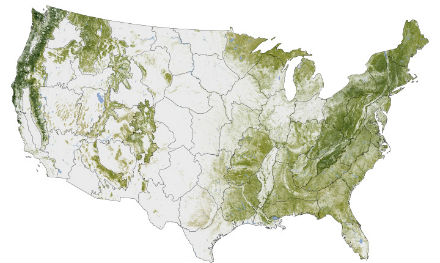The Northeast Woody/Warm-season Biomass Consortium (NEWBio) is a regional network of universities, businesses, and governmental organizations dedicated to building robust, scalable, and sustainable value chains for biomass energy in the Northeast. Driven by the broad societal benefits that sustainable bioenergy value chains could provide, NEWBio aims to overcome existing barriers and dramatically increase the sustainable, cost-effective supply of lignocellulosic biomass while reducing net greenhouse gas emissions, enhancing ecosystem services, and building vibrant communities.
NEWBio
…


 Justin Heavey is a senior research support specialist for the Willow Project at the State University of New York, College of Environmental Science and Forestry (SUNY-ESF) in Syracuse, New York. Since 2008, he has been managing energy and sustainability projects in higher education.
Justin Heavey is a senior research support specialist for the Willow Project at the State University of New York, College of Environmental Science and Forestry (SUNY-ESF) in Syracuse, New York. Since 2008, he has been managing energy and sustainability projects in higher education.






